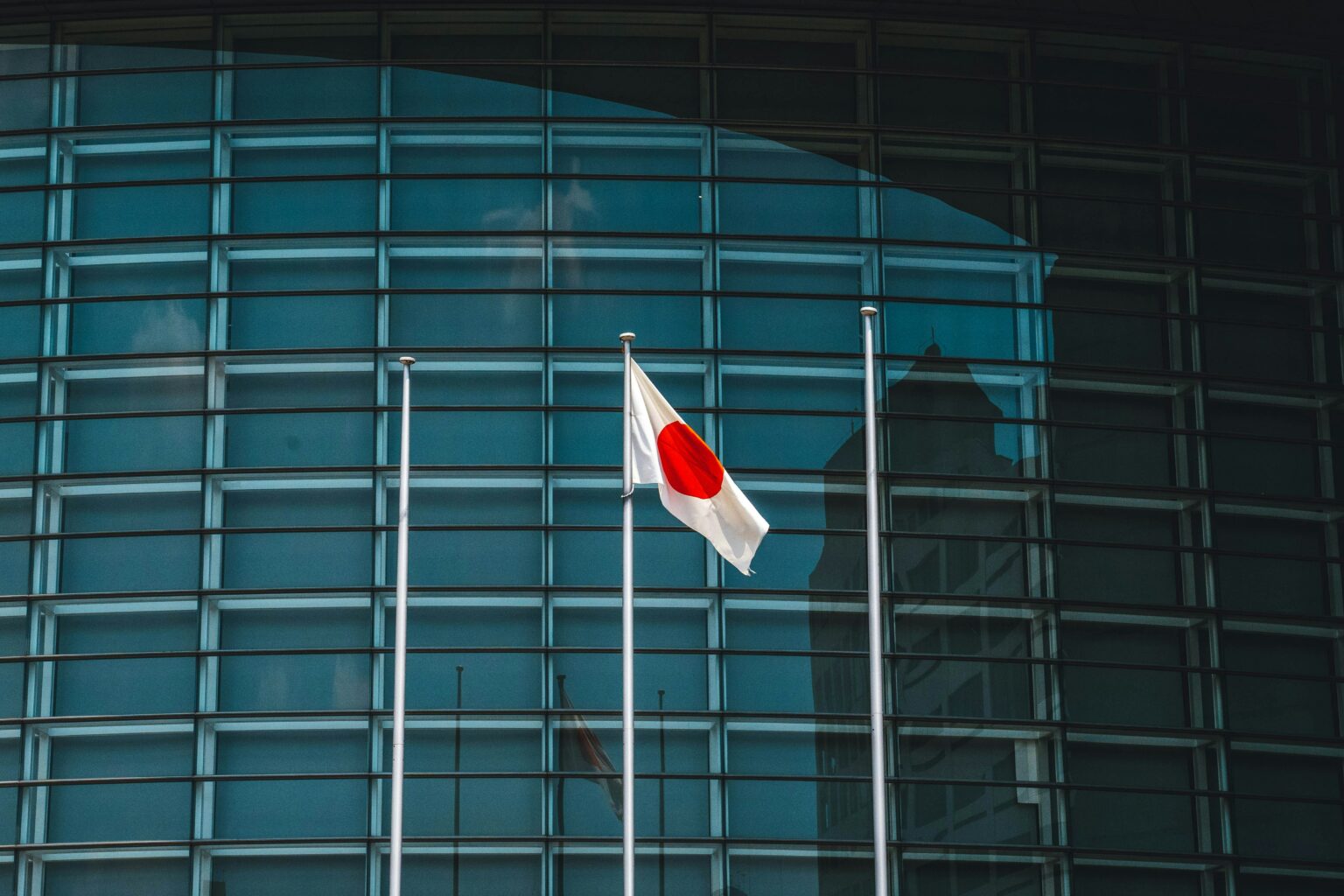Japan’s push to become a global leader in hydrogen energy is at a crossroads. The billion-dollar Hydrogen Energy Supply Chain (HESC), once seen as a cornerstone of the country’s decarbonization strategy, has hit a roadblock. Originally designed to produce and ship hydrogen from Australia, the project is now pivoting to domestic hydrogen sources amid regulatory delays and environmental concerns in Victoria. This shift raises fundamental questions about the viability of Japan’s hydrogen strategy and its reliance on carbon capture technologies.
The HESC project, supported by a ¥220 billion ($1.4 billion) investment from Japan’s government, initially aimed to produce blue hydrogen from Victoria’s lignite coal. The project promised to capture and store CO2 emissions, contributing to a reduction of 1.8 million tons of CO2 annually. However, skepticism over the effectiveness of carbon capture and storage (CCS) has cast doubt on these environmental claims. CCS remains an unproven solution at scale, with Cambridge University engineering professor David Cebon noting that it is “difficult and challenging and not being done successfully anywhere.”
Australian authorities’ reluctance to endorse the project has been attributed to both bureaucratic delays and opposition from environmental activists. Daisuke Akimoto of the Tokyo University of Information Sciences pointed to the Victorian government’s failure to approve the hydrogen production phase as a key factor behind Japan’s decision to shift production domestically. However, Australian officials have publicly framed the move as a Japanese “commercial decision.”
Without Australian hydrogen, HESC now faces a fundamental challenge: sourcing low-carbon hydrogen within Japan. The country already produces hydrogen, mostly using fossil fuels, nuclear power, or renewables. But domestic production is costly, and the shift leaves a crucial gap in the project’s narrative—proving that large-scale carbon capture can work. Critics argue that this change weakens the project’s environmental credibility while reinforcing concerns over hydrogen’s high transportation costs. Liquid hydrogen must be cooled to -253 degrees Celsius for shipping, making logistics energy-intensive and expensive.
Japan’s commitment to hydrogen remains strong. The country emitted 974 million metric tons of CO2 from fuel combustion in 2022, according to the International Energy Agency, making decarbonization imperative. Hydrogen is seen as a potential solution for hard-to-electrify sectors such as steel, cement, and heavy transport. However, the HESC project’s setbacks echo broader struggles in the hydrogen sector, where high costs and technical challenges have slowed progress.
Proponents argue that pilot projects like HESC are essential for developing a long-term hydrogen economy. Noe van Hulst, a hydrogen advisor to the IEA, compares hydrogen’s trajectory to that of solar energy, which saw significant cost reductions and widespread adoption after early setbacks. Yet others, such as Mark Ogge from the Australia Institute think tank, believe Japan’s government is quietly reassessing the project’s feasibility, noting that “wiser heads” may be recognizing the economic and logistical hurdles involved.
Compounding the uncertainty, Japanese energy company Kansai Electric recently withdrew from a separate green hydrogen project in Australia, citing cost concerns. This highlights the financial risks associated with large-scale hydrogen ventures and suggests that Japan’s hydrogen ambitions may need significant recalibration.
As Japan navigates these challenges, the future of HESC remains uncertain. The project’s shift to domestic hydrogen production may allow it to meet its 2030 commercial demonstration deadline, but it does little to resolve broader questions about the feasibility of large-scale hydrogen supply chains and CCS technology. Without clear solutions to these issues, Japan’s leadership in hydrogen may rest more on policy ambitions than on tangible technological breakthroughs.





